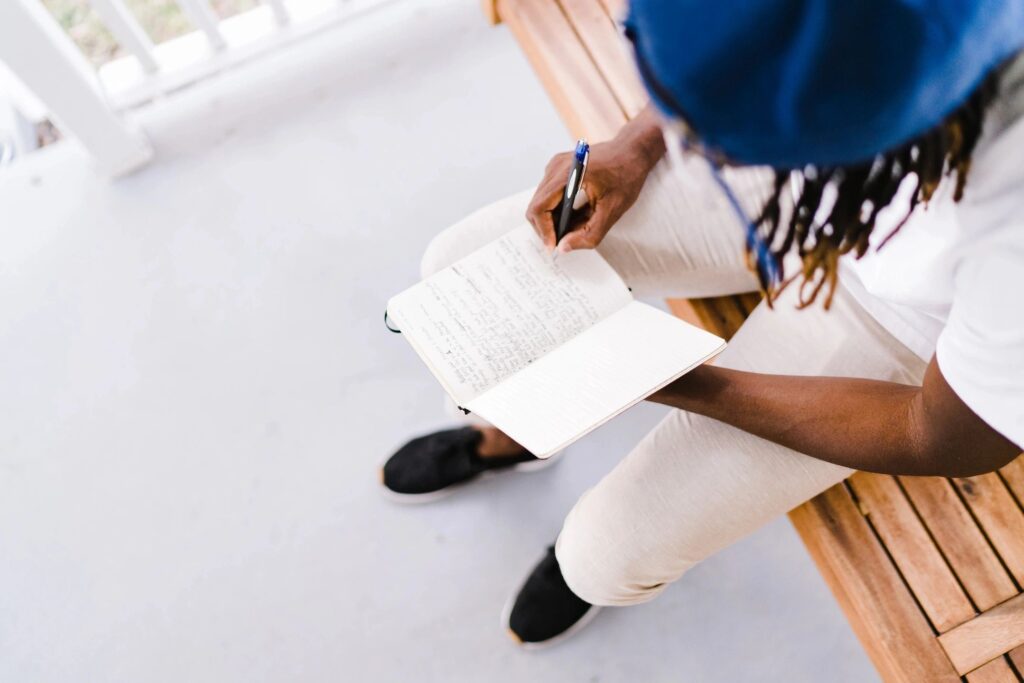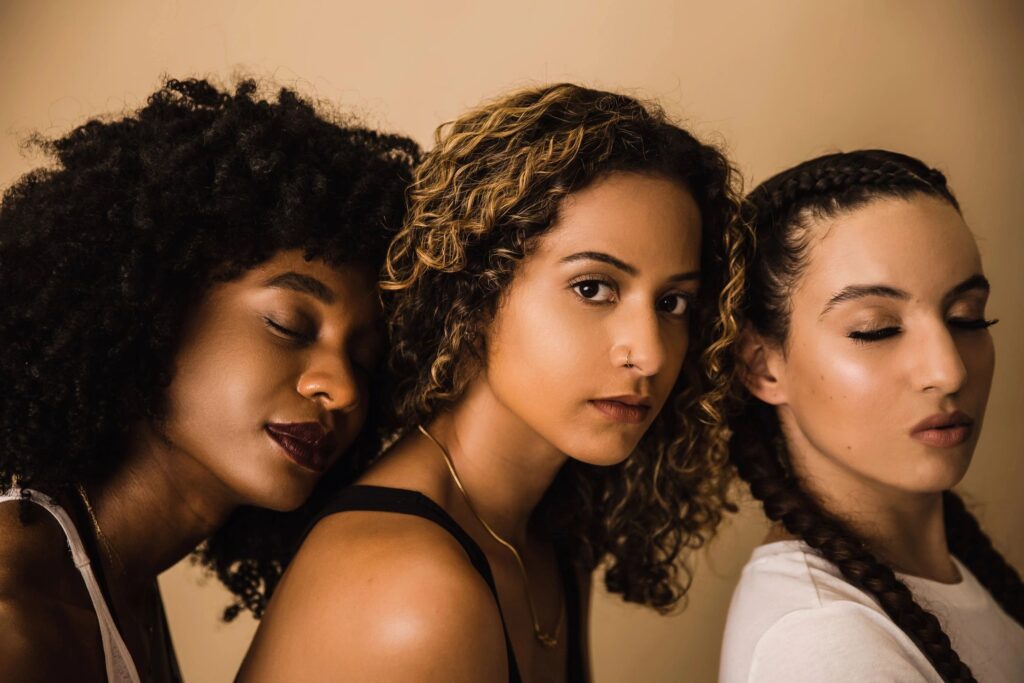People of Color
Factors such as economic insecurity, combined with isolation, racism and discrimination, limited educational opportunities, and language barriers, all contribute to the way women and people of color experience and respond to domestic violence.
WHY SURVIVORS STAY
- Strong cultural and religious beliefs that stop the survivor from involving outsiders, or the idea that what happens in the family should stay in the family
- Distrust of law enforcement due to a continued history of violence targeting African American communities
- Lack of service providers that look like the survivor or share common experiences
- Lack of trust based on the history of racism in the United States
- Fear it will confirm stereotypes based on their ethnicity
- Oppression, including re-victimization, is intensified at the intersections of race
- Culturally, Black women have been looked to as the protectors of their families and community
- Asian American & Pacific Islanders often have strong cultural norms about the sanctity of marriage, and in some cases, fear losing social respect
DOMESTIC VIOLENCE IS NOT TRADITIONAL

STATISTICS
- Domestic violence is the number one cause of death for African American women between the ages of 15-35
- African American women are 3 times more likely than white women to experience death as a result of domestic violence
- While African American women make up only 8% of the general population, they account for 22% of domestic violence-related homicide victims
- According to the National Intimate Partner Violence and Sexual Violence Survey (NISCVS), 9.5% have been stalked and 41.2% of Black women had been physically abused by a partner during their lifetime
- Between 2003-2012 at the rate of 4.7 per 1,000 Black/African/African Americans had the highest rates of intimate partner violence compared to Whites and Hispanics
- Approximately 4 out of every 10 women of non-Hispanic Black race/ethnicity have experienced rape, physical violence, and/or stalking by an intimate partner
- 21-55% of Asian & Pacific Islander women have reported having experienced domestic violence at some point in their lives
- 23.4% of Hispanic/Latino females are victimized by intimate partner violence in a lifetime, defined by rape, physical assault, or stalking
- 51% of American Indian/Alaska Native women experienced physical violence by an intimate partner violence during their lifetime

ADDITIONAL RESOURCES:
